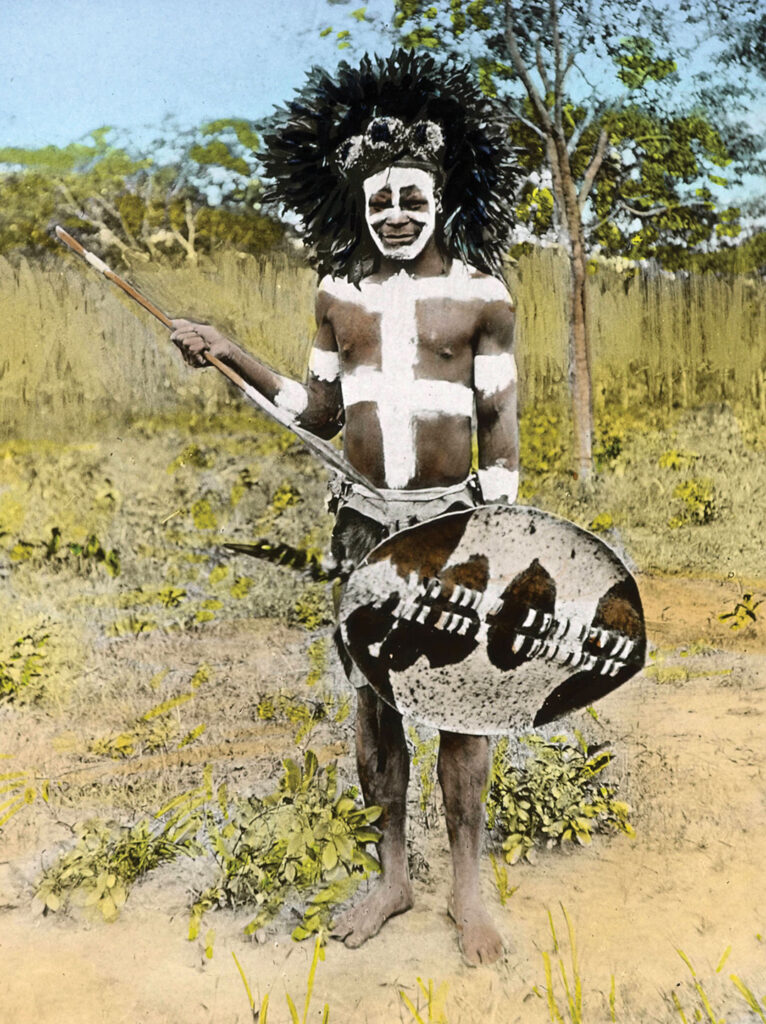ADF STAFF
The Maravi kingdom, which took up parts of what are now Malawi, Mozambique, Zambia and eastern Zimbabwe, was a vibrant society of skilled administrators, ivory traders, healers, sages and metallurgists. It began with the tribes of the Banda, Mwali, Nkhoma and Phiri, and would eventually include other tribes.
The kingdom dates to the 13th century, with large-scale migrations of related clans settling in the Lake Malawi region, attracted by its natural abundance. The migrations continued for hundreds of years, peaking probably by the 16th century.
Historians say the actual kingdom was established about 1480 and mostly was dissolved by 1891. But most of what is known about the kingdom comes from oral histories, memorized and passed down from generation to generation.
The Maravi kings, called Karongas, had elaborate rituals to mark the passage of time.
“Maravi lords built up their own rituals and ceremonies. The Maravi king was always represented by the never-ending perpetual fire, which was sustained with reed mats. The fire would go out only at the passing of the king. The fire was conjured amid the finish of the dry season,” the website Think Africa reported.
The Karongas, also known as the Kalongas, ruled from Manthimba, in what is now central Malawi. The religious capital of the kingdom was Mankhamba.
The trading of ivory and iron was a major part of the Maravi economy, with traders shipping it to Swahili brokers on the southern coast of the continent, and later, to Portuguese merchants. Eventually Arab merchants also became involved.
In the 1590s, the Portuguese tried to take control of the ivory and gold trade for the region with disastrous results: The Maravi dispatched their Zimba (marauders), who raided several Portuguese trade towns.
The kingdom’s decline began when some clan leaders started trading directly with Portuguese, Arab and Swahili merchants. The clan leaders became increasingly independent of the central authority of the Karonga. By 1720 the confederacy had broken into several autonomous factions.
Another major blow to the empire came indirectly from Shaka Zulu, the leader of the Zulu people in the 19th century, whose empire grew to 210,000 square kilometers. Two powerful groups, the Angoni and Ngoni, arrived in the Maravi kingdom from what is modern-day South Africa in a great migration known as the Mfecane. They were fleeing Shaka Zulu, and they became a powerful force in the kingdom, marrying Maravi women and recruiting men into their armies.
The influence of the region went into a steep decline. Slave trade became a problem. Arab and Christian influences grew in the region, with Protestant missionaries arriving in the 1860s, along with Islam, introduced by Swahili slave traders. A British consul arrived in 1883.
Today, Maravi people, also known as Nyanja people, can be found in Malawi and Mozambique. They speak a Bantu language and are considered to be part of the Chewa ethnic group.

